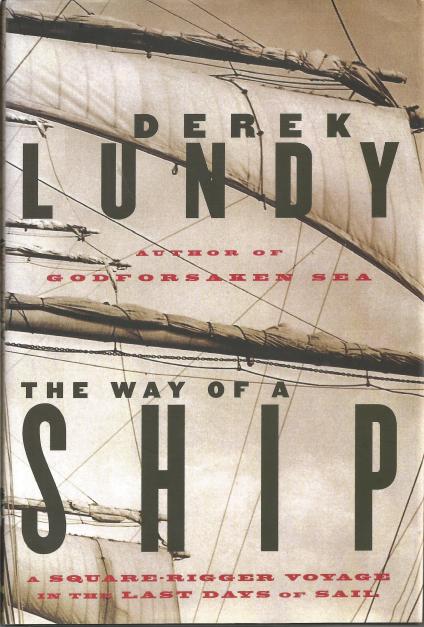“I’m feeling inspired—quick, I need a drink.”
“In the spring of 1947, when Israel Levis, composer of that most famous of rumbas ‘Rosas Puras,’ returned to Habana, Cuba, from Europe… his old friends…were startled by his appearance.” So, Oscar Hijuelos’ novel A Simple Habana Melody begins: a time, a maestro-protagonist, a place, and a change.
We learn that Levis, a child protégé, grew up in a doting family with one living brother (three other childhood deaths, which explains the “doting” mother). Doña Concepción, urges her son to “pray and pray to God that He protect him. She rewards his obedience with a great abundance of food. From a chubby child, Israel grows into a big man with big appetites. Virile, Levis frequently visits Habana’s prostitutes (and later those of Paris); still, he’s attracted to “handsome young men”. He’s a man in love with Rita Valadares, but unable to declare his love for her (although he writes the famous “Rosas Puras” for the sensuous singer).
Hijuelos also describes how “The early 1930s were an especially brutal time for the arts in Cuba….” This is the time after the island gained independence from Spain, and the former general, now dictator, Machado was running Cuba, a time when Levis’ friends “vanished without a trace or had been sent to prison.” Yet Levis “lived with the illusion that the ever-growing list of crimes committed by the dictator and the intensifying oppression and mockery of the arts would pass, in time.” Somehow, Levis sees himself apart from the politics of the era, assured that God would protect him. But raids by the secret police, “porra,” intensify.
On an April evening, 1932, Levis and his friend and collaborator, Manny Cortez meet at the Campana Bar.
“Later, Levis slept restlessly, and had a disquieting dream about a raven crouching on a skull, its flapping wings and cries of caw, caw so loud and mocking that he abruptly awoke at three in the morning….”
Manny had been killed, “Traces of the lyricist’s bloodstains were to be found on the paving for weeks.” Frightened, Levis leaves Cuba to go on tour. We jump ahead to Paris. A love story is dropped into the novel and, because of his Jewish-sounding name—although a devout Roman Catholic—Levis is detained and sent to Buchenwald. ”For the next 14 months, the maestro did not believe the things he saw, nor the sounds he heard.” Levis avoids the fate of others by playing his music for German brass, but we glimpse little of that experience or his reaction, except afterward, back on the streets of Habana, he was pained whenever he heard his music.
The trajectory of Levis’ life is fraught with his blindness, which I accepted until he reaches Paris and then Buchenwald during WWII. The Paris relationship felt out of character and the Buchenwald experience shallow. Hijuelos, author of The Mambo Kings Play Songs of Love (a Pulitzer Prize winner) fails in A Simple Habana Melody to fully engage and sustain belief to the end. If Hijuelos intended a somewhat degenerate maestro and his fall as metaphor for Cuba, he fails.
What drew me to A Simple Habana Melody—and what kept me reading—were Hijuelos’ descriptions of Habana before the malecón had been built, a time when “the sea crashed freely against the rocky shore.” He writes of the city’s history, how Habana derives its name from “an Indian chieftain, Habaquanex,” and of how the city of old “bustled with the energy of an old European capital.” In a later period, with Levis, we wander the streets of the city and we see the majestic buildings that graced the neighbourhoods and glimpse the very different life of Habana after independence from Spain and dictatorship of Machado.
Oscar Hijuelos gives readers a complex, conflicted and flawed character during a political era and context that should make for page-turning-late-into-the-night reading. But the story often falls flat. Nevertheless, if you are curious about Cuba’s marred history and want to glimpse Habana during an exciting artistic period, A Simple Habana Melody provides a portal into those times and place.

Available through your local bookstore or online: A Simple Habana Melody




